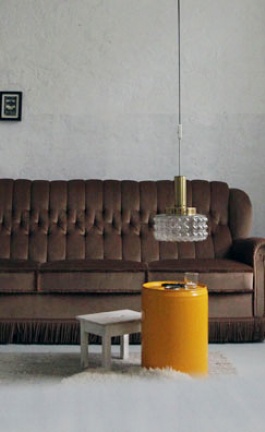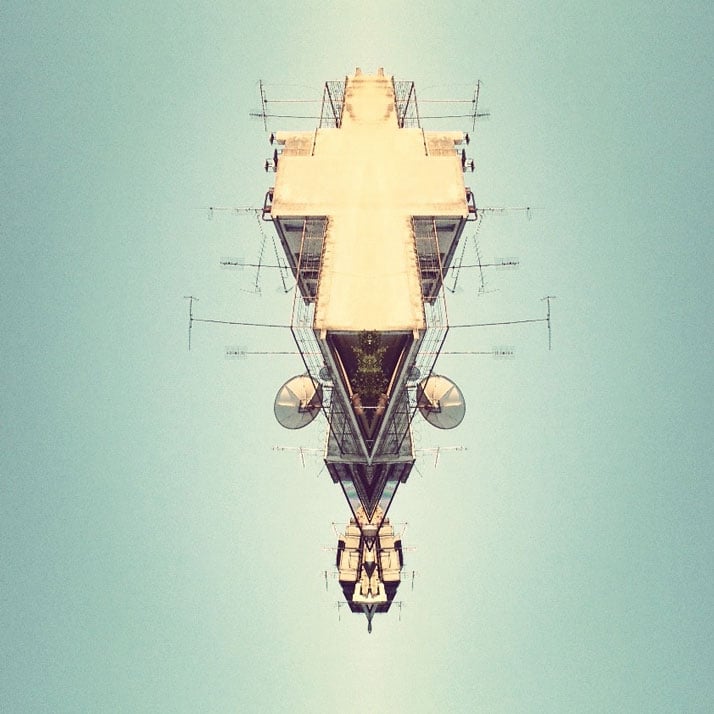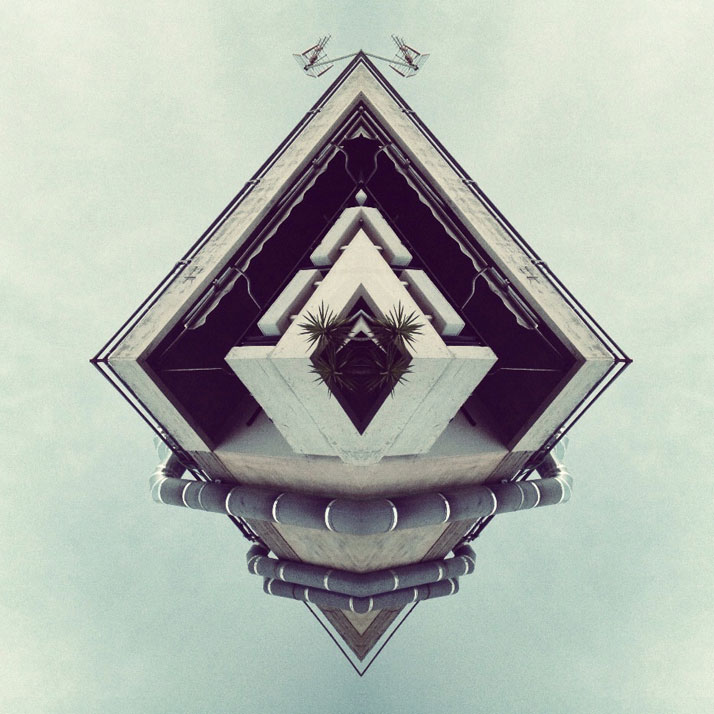
photo © Hellopanos
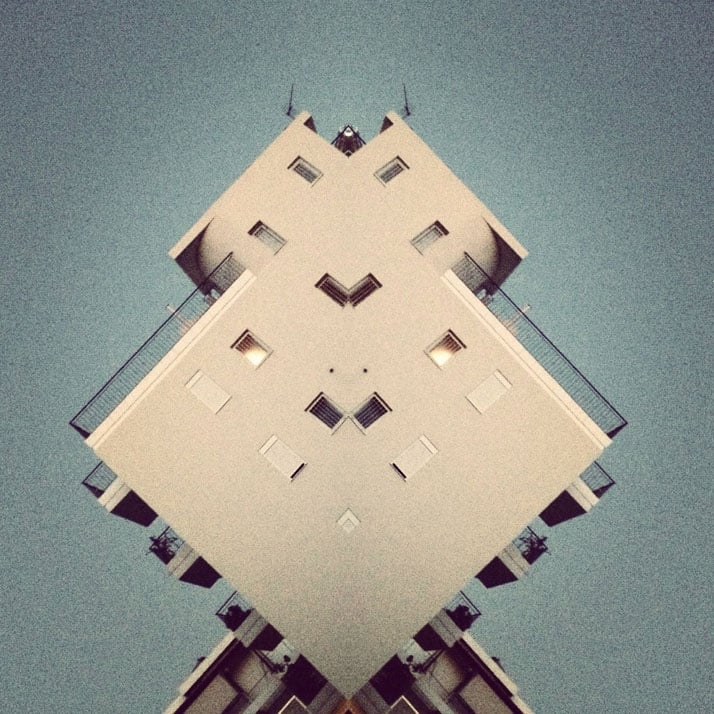
photo © Hellopanos
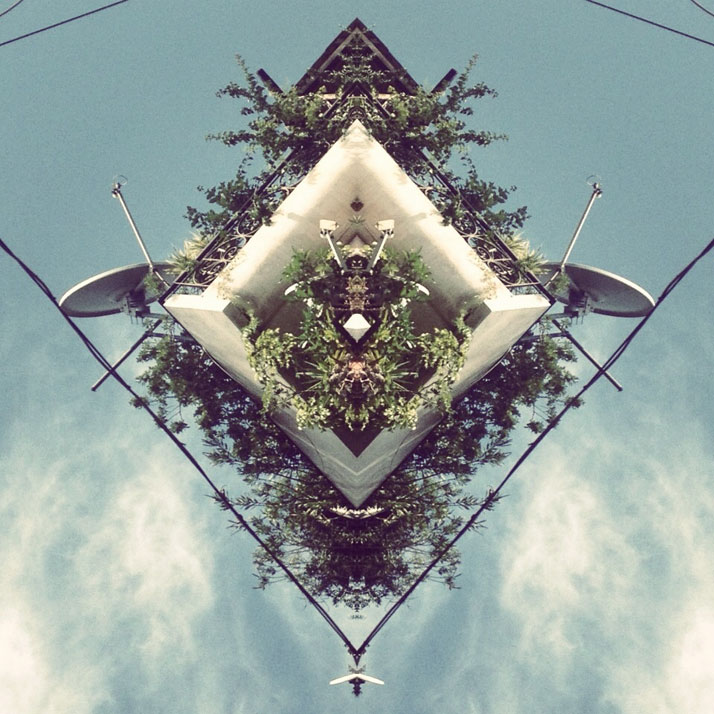
photo © Hellopanos
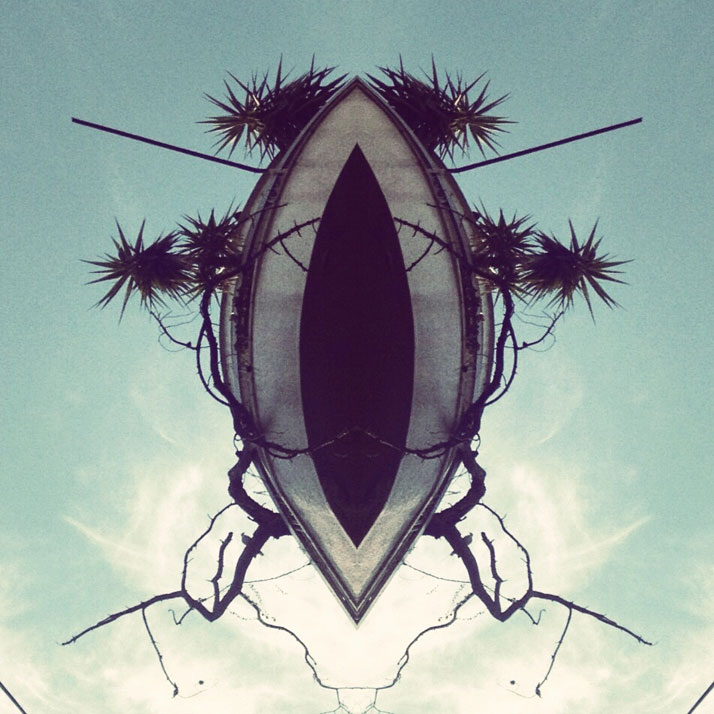
photo © Hellopanos
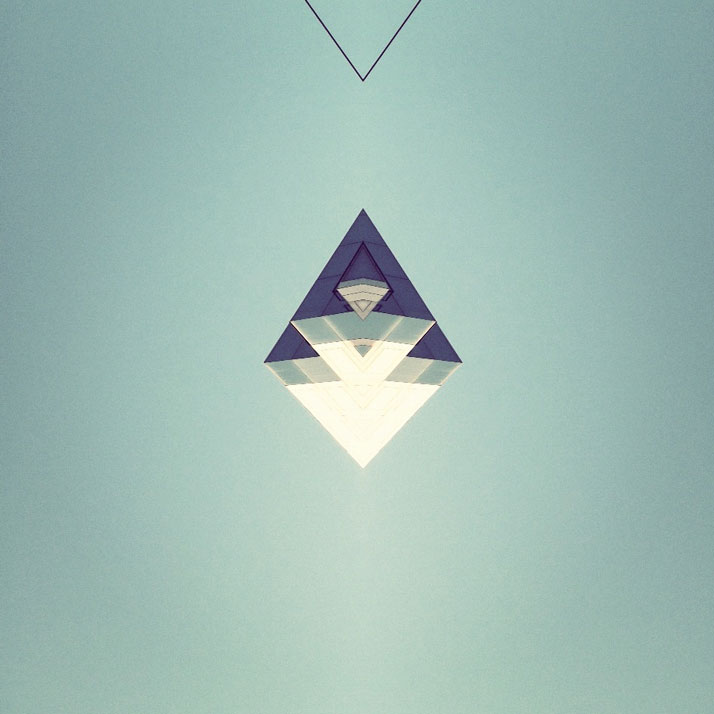
photo © Hellopanos
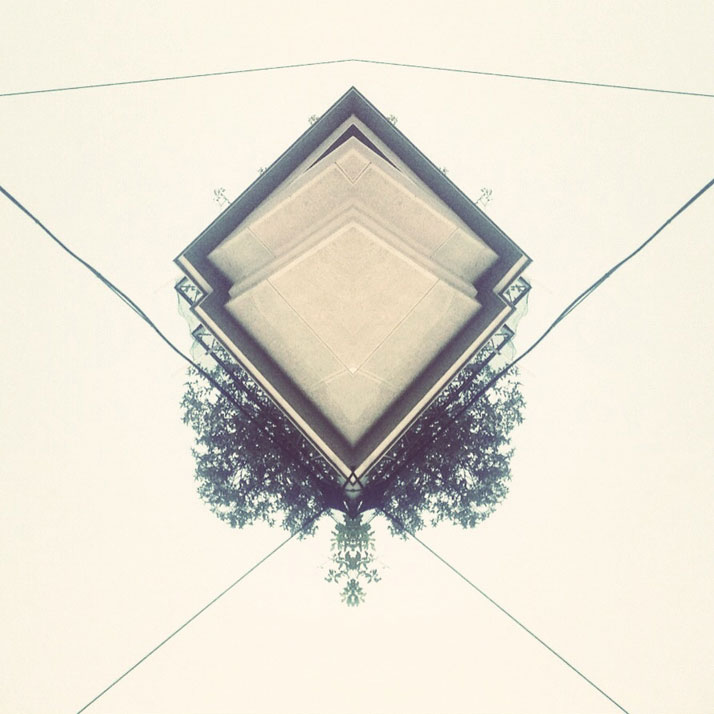
photo © Hellopanos
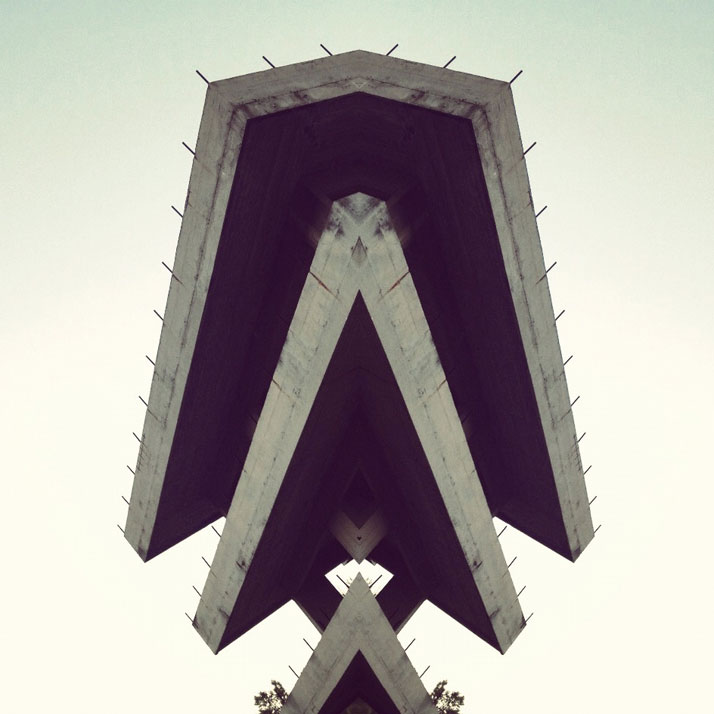
photo © Hellopanos
Familiar elements that compose our urban landscapes, such as building facades, cranes, street lights and rooftops - complete with pot plants, satellite dishes, wires and antennae - are captured and symmetrically mirrored creating reflected duplicates of themselves. The original and reflected counterpart now morph into ambiguous representations of architectural components that bear little resemblance to conventional architecture. The result is a set of montaged new urban scenes, executed with such virtuosity and elegance that their previous form and place of origin is cleverly disguised.
Photography as a medium has the ability to isolate the subject from its context and in this case, this very attribute is taken to the extreme. Despite the fact that they are directly derived from urban elements that one comes across every day, the subjects are captured from, and edited, at an angle and distance that discourages immediate association of form with function. Selected portions of urban landscapes take centre stage as the only form that matters, completely ignoring the rest of the cityscape. Detached from their surroundings, the subjects cease to belong to everyday urban life and appear as lone otherworldly objects floating as if freed from the noisy city. The work offers not only unusual, but also unexpected, views towards romantically vacant cityscapes where architecture is free from context, function and even gravity. Here, silence prevails amidst a setting of displaced urban forms and clear skies.
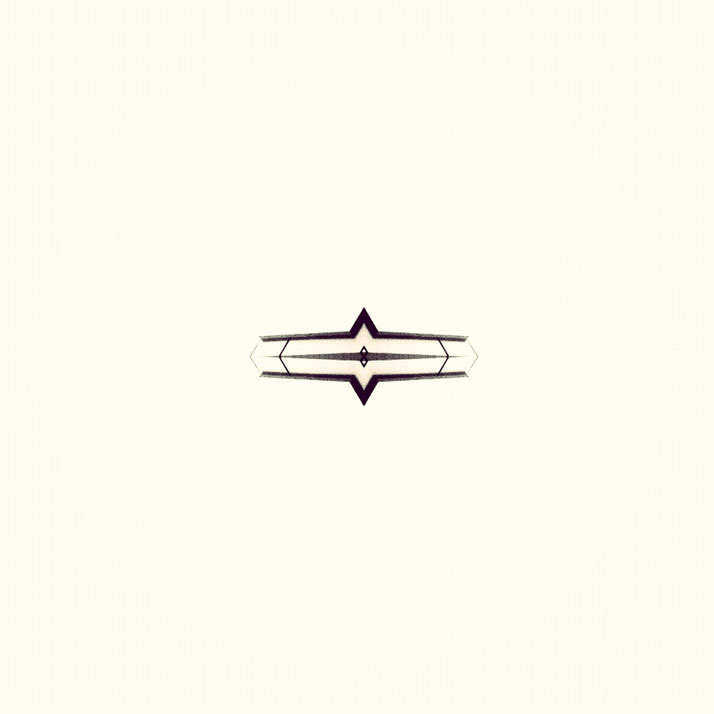
photo © Hellopanos
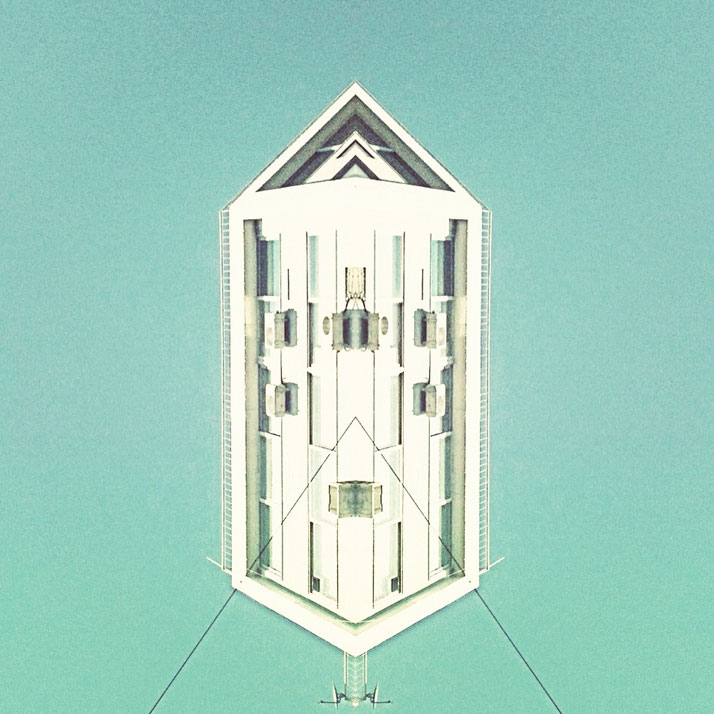
photo © Hellopanos
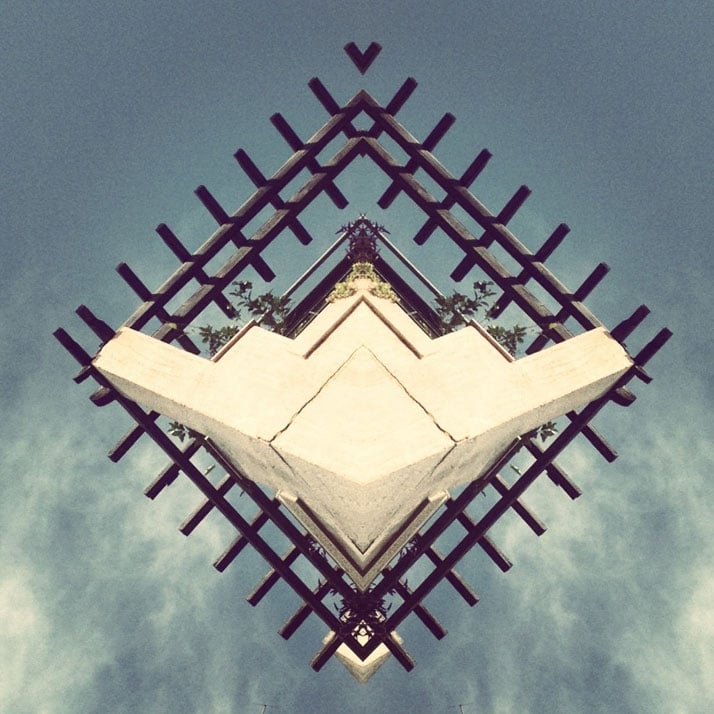
photo © Hellopanos
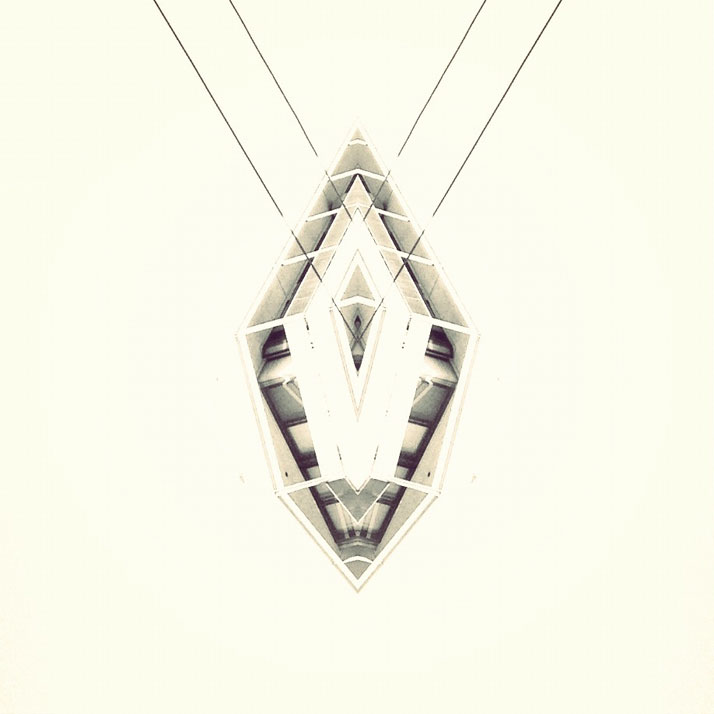
photo © Hellopanos
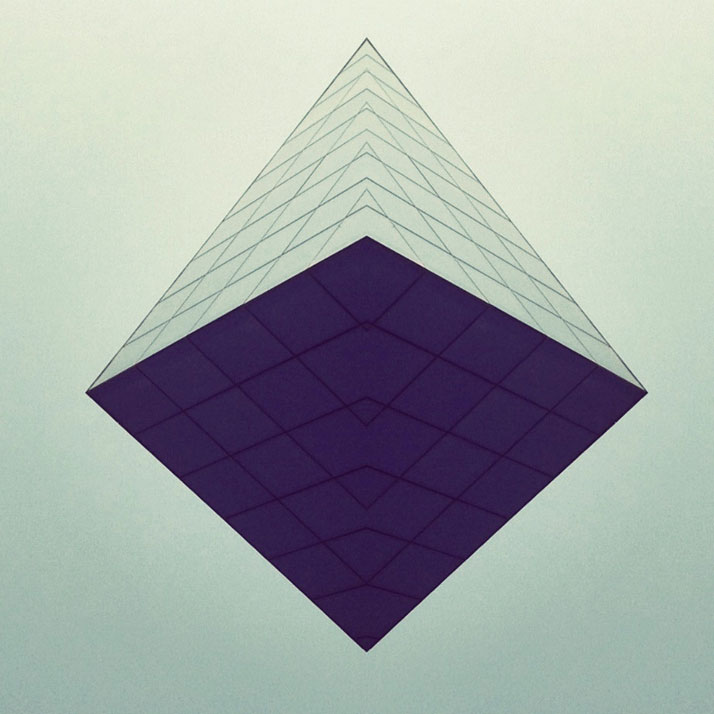
photo © Hellopanos
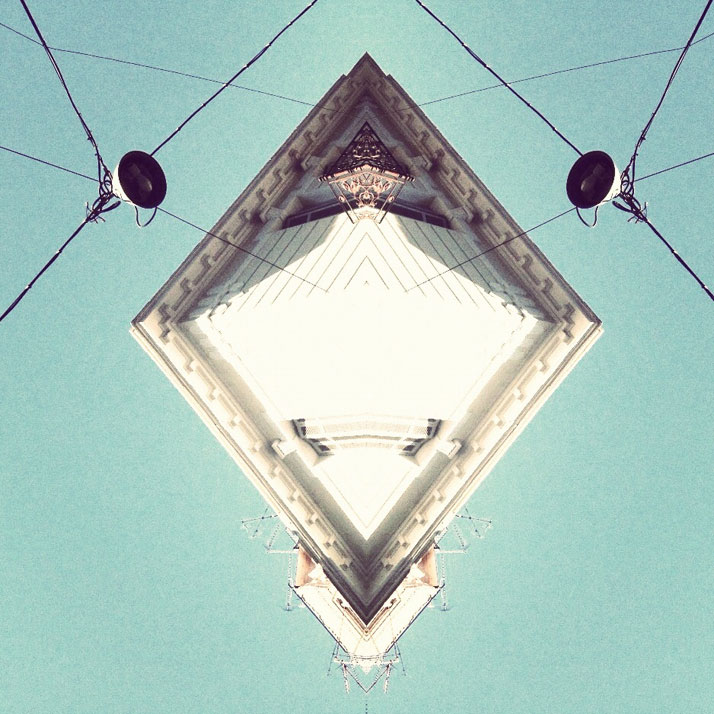
photo © Hellopanos
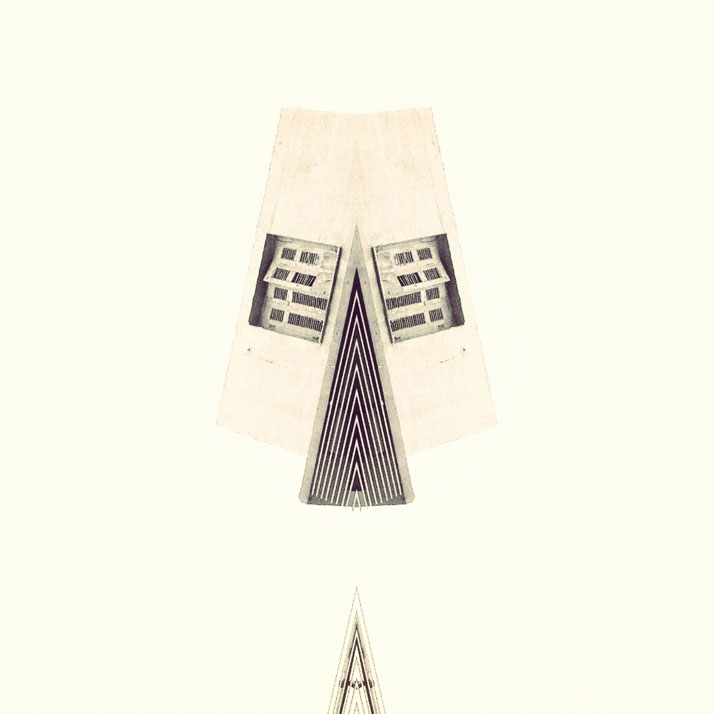
photo © Hellopanos
Hellopanos now reinterprets the urban landscape as one that exists only within the frame of his reflected objects. In its selective frame his work captures, mirrors and composes a new image of the city that would otherwise be not only invisible but also non-existent. In this way, he manages to offer a fragmented version of urban reality that transforms the familiar by placing it in the realm of the imaginary. What is created is a set of ethereal dream-like sequences, where the three-dimensional is flattened into two-dimensional representations of odd architectural pieces hovering in an urban reality of their own making.
But it’s not all just smoke and mirrors. Full of symbolic references, the ‘Mirrors’ of this project become the means to discover and reflect on a new meaning for the urban landscape, like photographic inkblot tests with architectural qualities, challenging us to interpret them as we see fit. After all, perception and interpretation of the world around us is shaped to a great extent by living within an urban setting. And what better way to challenge these perceptions than by putting them to the test in compositions assembled by the very elements that contain our urban life itself.
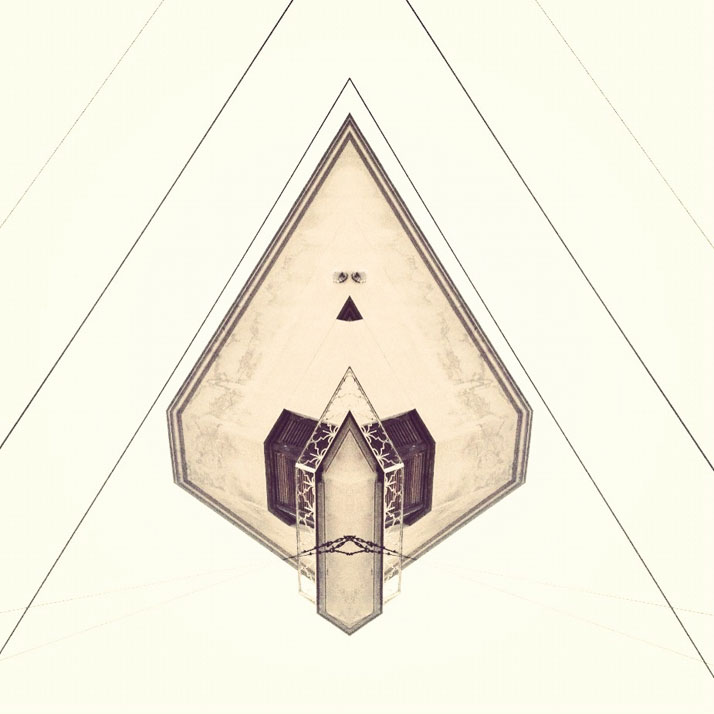
photo © Hellopanos

photo © Hellopanos
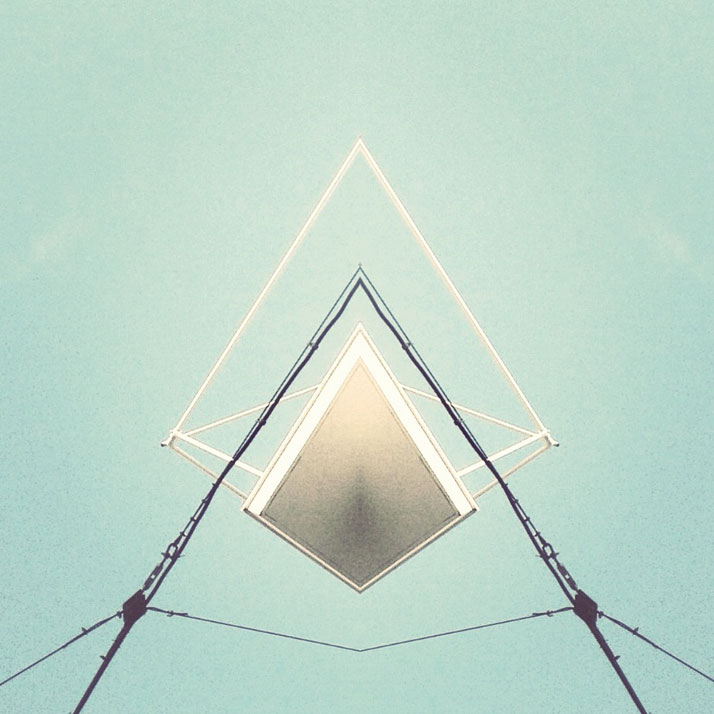
photo © Hellopanos
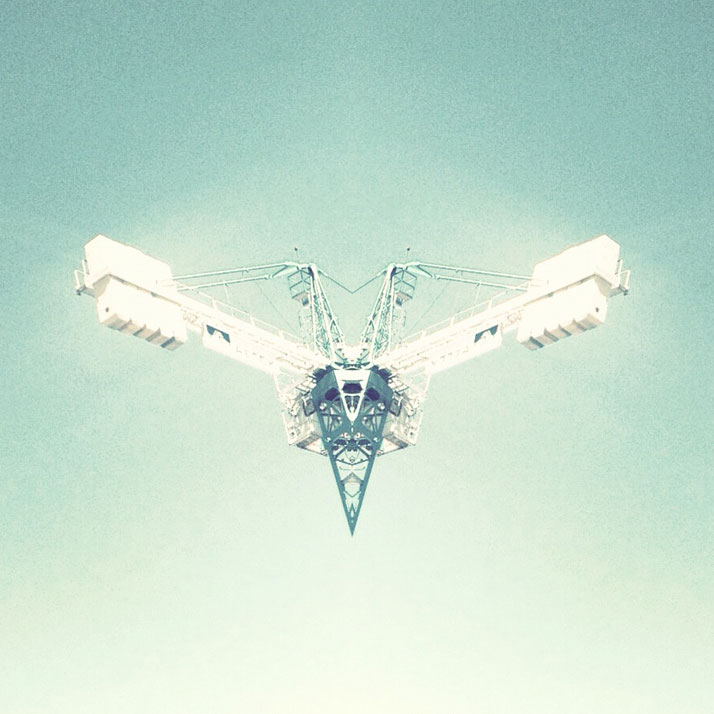
photo © Hellopanos
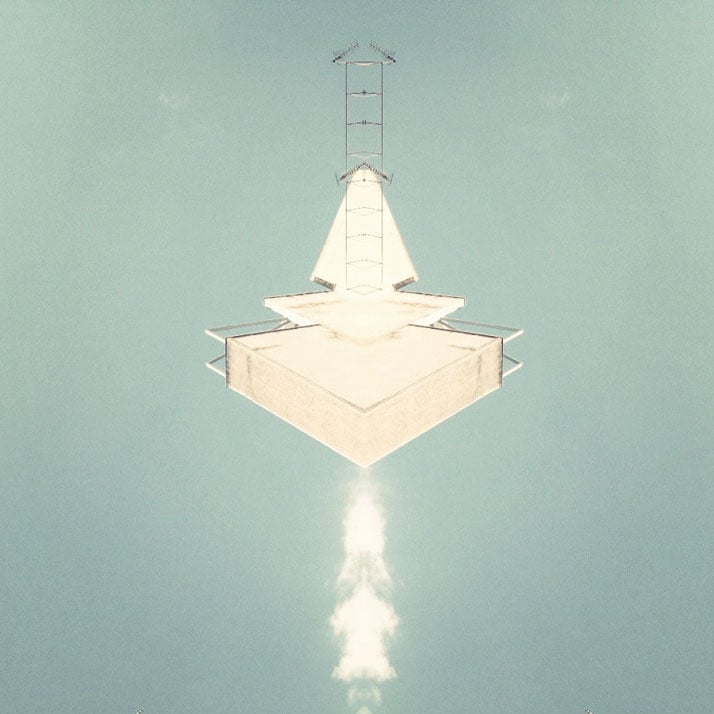
photo © Hellopanos
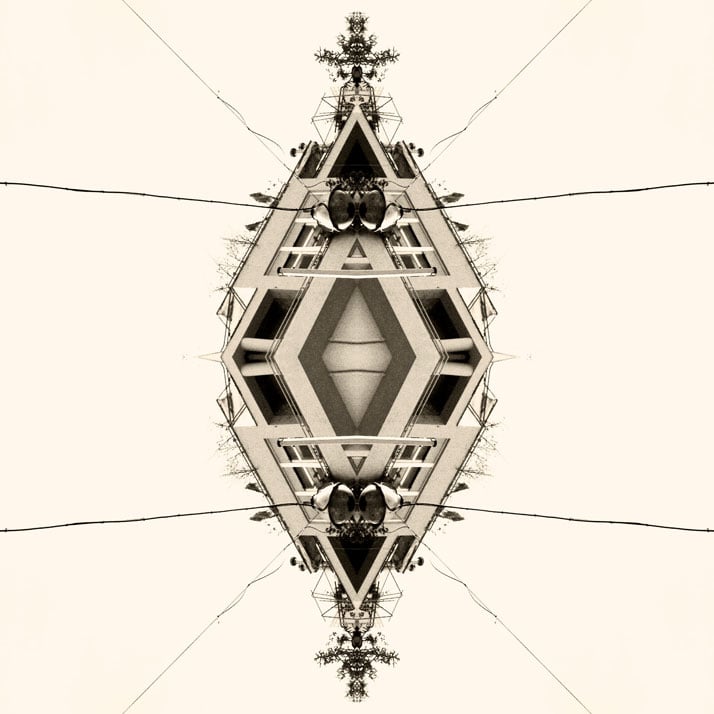
photo © Hellopanos
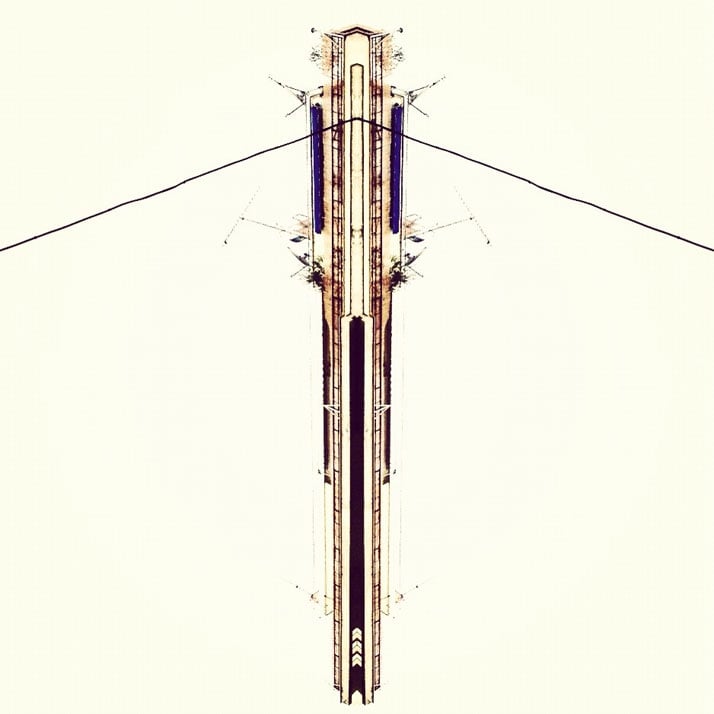
photo © Hellopanos






